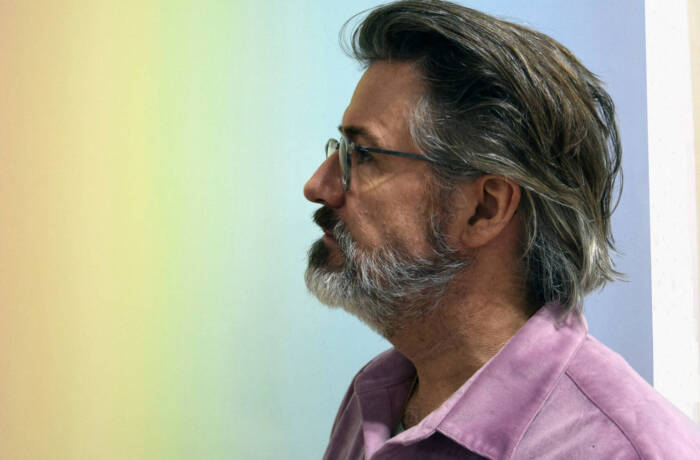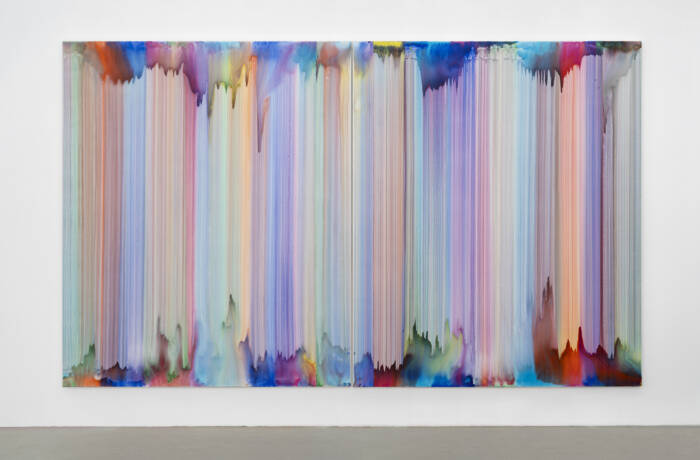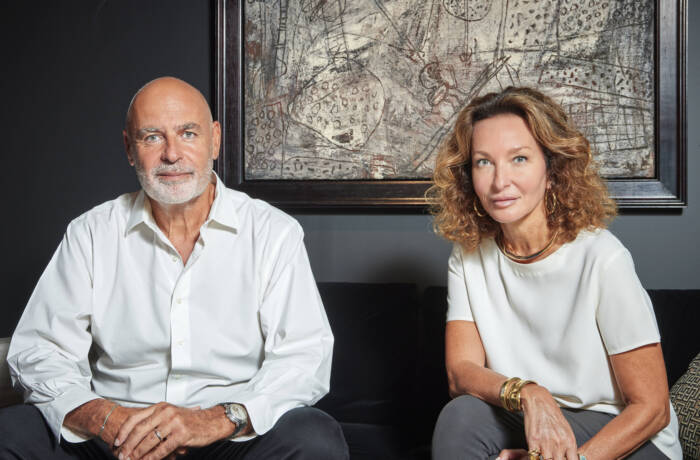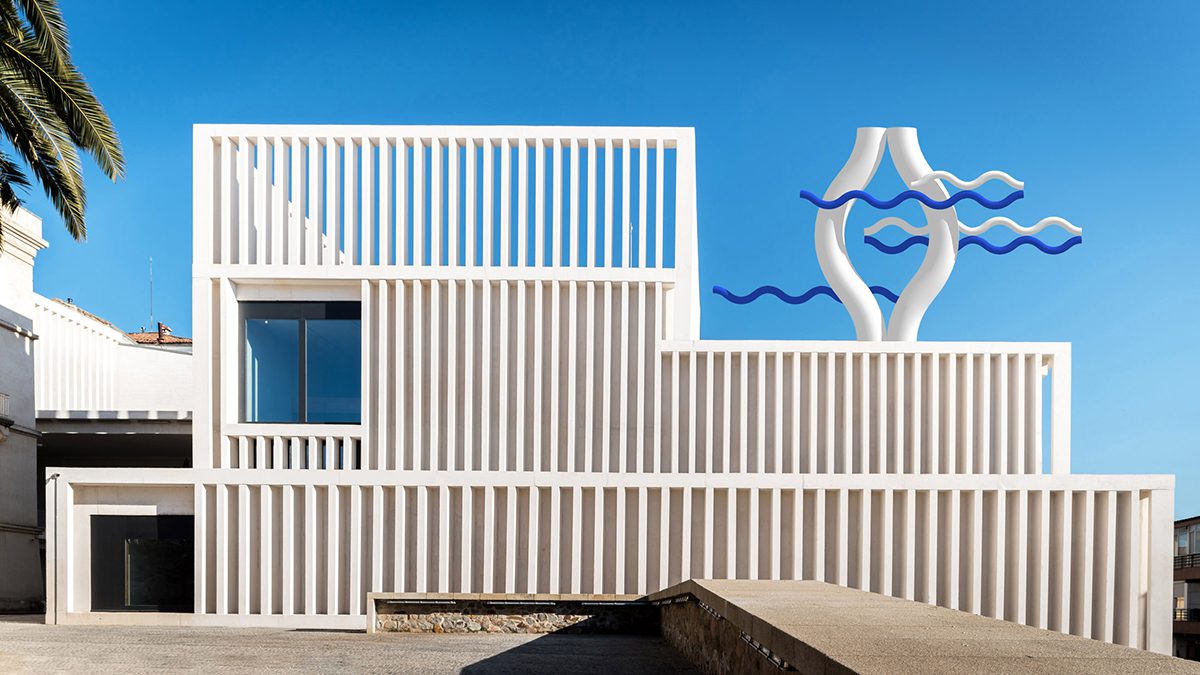
‘La marea bajita’ from Diango Hernández’s Instopia Instagram project
Dusseldorf-based, Cuban artist Diango Hernández has been blurring the lines between the virtual and physical since 2015 with his ongoing Instagram art project Instopia in which he digitally places his own artworks into existing photographs of luxury spaces. Nick Hackworth speaks to the artist about ownership, challenging perceptions of reality and the culture of revolution
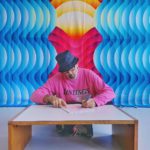
Diango Hernández
LUX: Can you describe Instopia in a nutshell?
Diango Hernández: Instopia is an ongoing series of images that show artworks of mine in extraordinary places; a painting of mine hanging, for example, in a luxurious villa in Greece or Capri or, say, a huge sculpture inside a high-end ‘white cube’ gallery in New York or London.
Follow LUX on Instagram: luxthemagazine
There’s a bit of magic or sleight of hand, in the way these Instopia images are made. The process begins with me finding an image of one of these luxurious spaces on Instagram or online. Then I design a virtual artwork, it could be painting, a mural or a sculpture, that I think would look perfect in that particular, photographed space. I take into careful consideration of all the elements of the spaces, its colours, lighting and textures. Then I digitally place my artwork into the image of that space and post up this new picture onto my Instagram account. The work only becomes Instopia only when makes you believe that it’s “real”.
LUX: How did you come up with the concept?
Diango Hernández: It wasn’t actually about the irony, cynicism or any form of mockery. It was just that very often when I came across beautiful images of luxurious places I always found in them, some spaces that I thought would be good for my art. But people got offended by the project because it challenged their ideas of reality. They’d look at an Instopia image and ask, ‘How real is it?’ or ‘Are you lying to me? You don’t have a painting of yours hanging in that beautiful mansion!’ I lost friends because of Instopia. In fact, the longer I’ve been continued the project the more that other artists and art dealers have reacted strangely toward me.
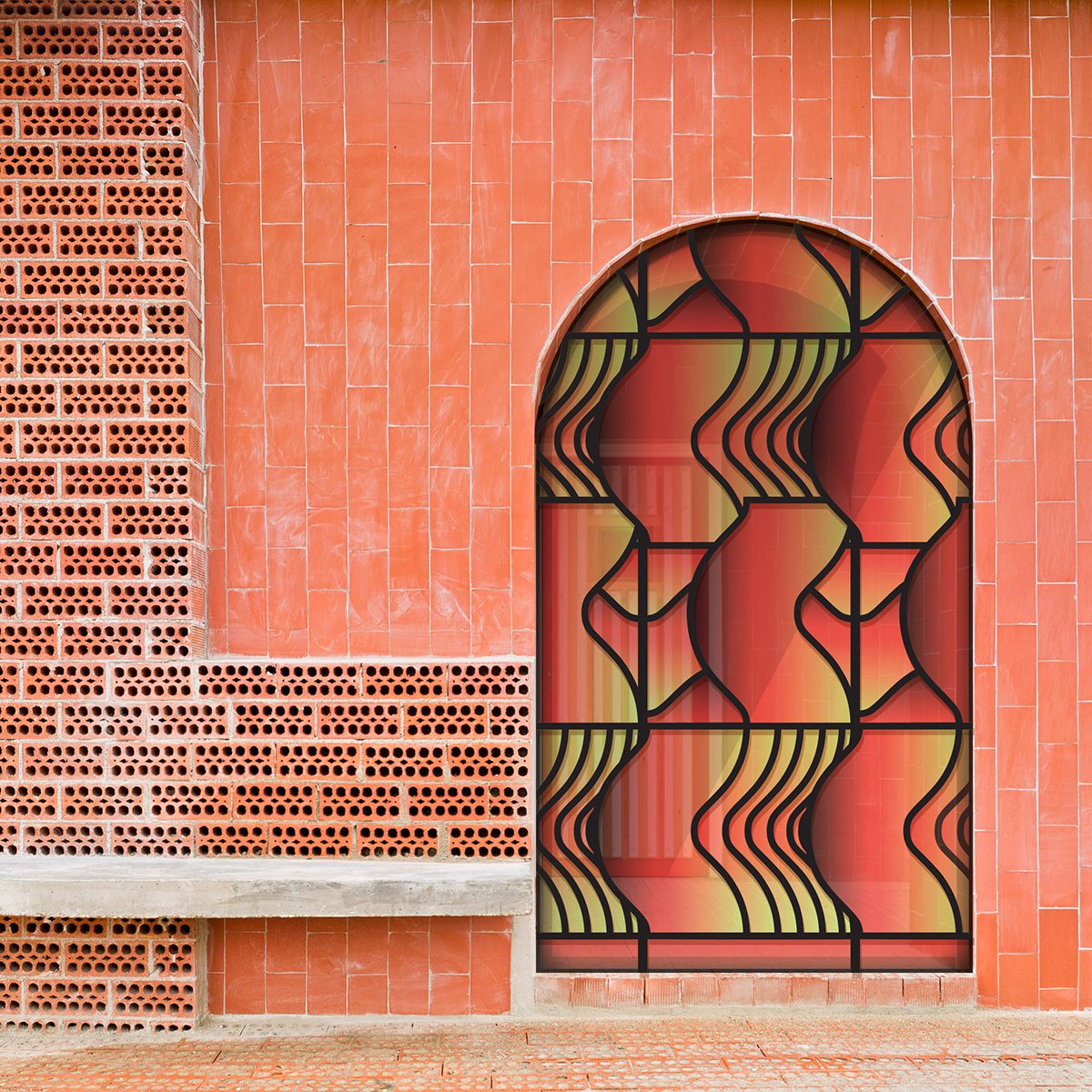
‘Cadenas de agua’ from Diango Hernández’s Instopia Instagram project
LUX: Why do you think people in the art world reacted so strongly?
Diango Hernández: They were upset, insulted even, because they thought I was using these Instopia images to pretend that my work was hanging in this space or was part of that great collection or museum. For instance, I’d replace a Francis Bacon one of my paintings in an image and people would be like, ‘your work isn’t in that collection!’ They’d be really rude, but I would say to them, ‘I’m not bound to the sense of reality you have. I come from another country, another tradition.’ I still believe we have can an intense dialogue with pictures. Pictures are more serious than most people believe.
Read more: Loquet’s co-founder Sheherazade Goldsmith on creating sustainable jewellery
LUX: In the captions of your Instagram posts do you refer to the reality or unreality of the image?
Diango Hernández: No. On Instagram you have a few elements that will imply a level of truthfulness: the image, the hashtags and the text. I work with all of these elements to make you believe, as much as possible, that the post is real. This is why people got really upset. Galleries even cancelled shows. They had collectors calling and telling them that I was abusing the internet. I was like, ‘Are you kidding me guys? Don’t know the history of collage?’ It just shows you how contradictory the contemporary art world is. Everyone is busy selling the ‘new’ and the ‘radical’ but only a few can really deal with what is really new.
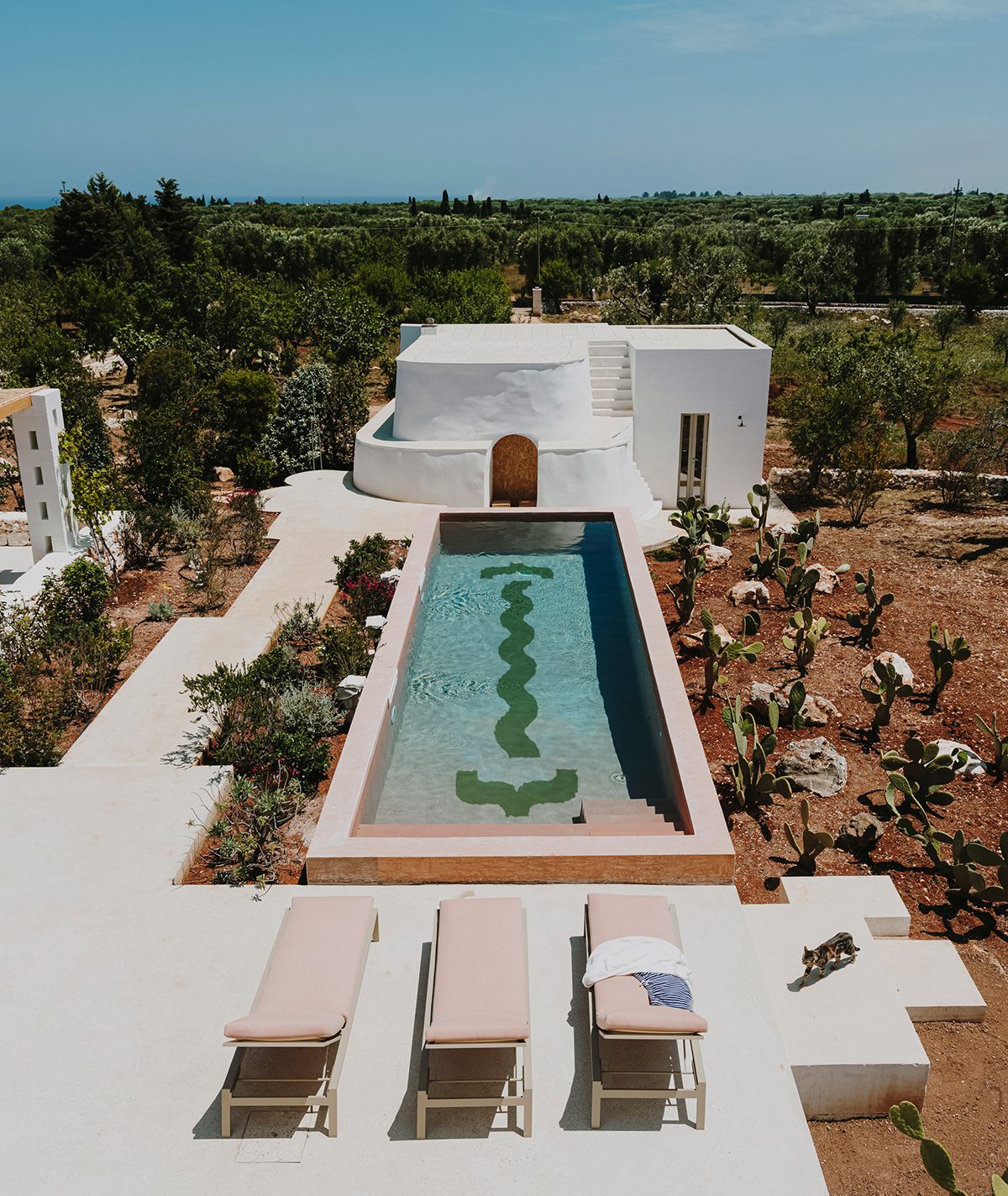
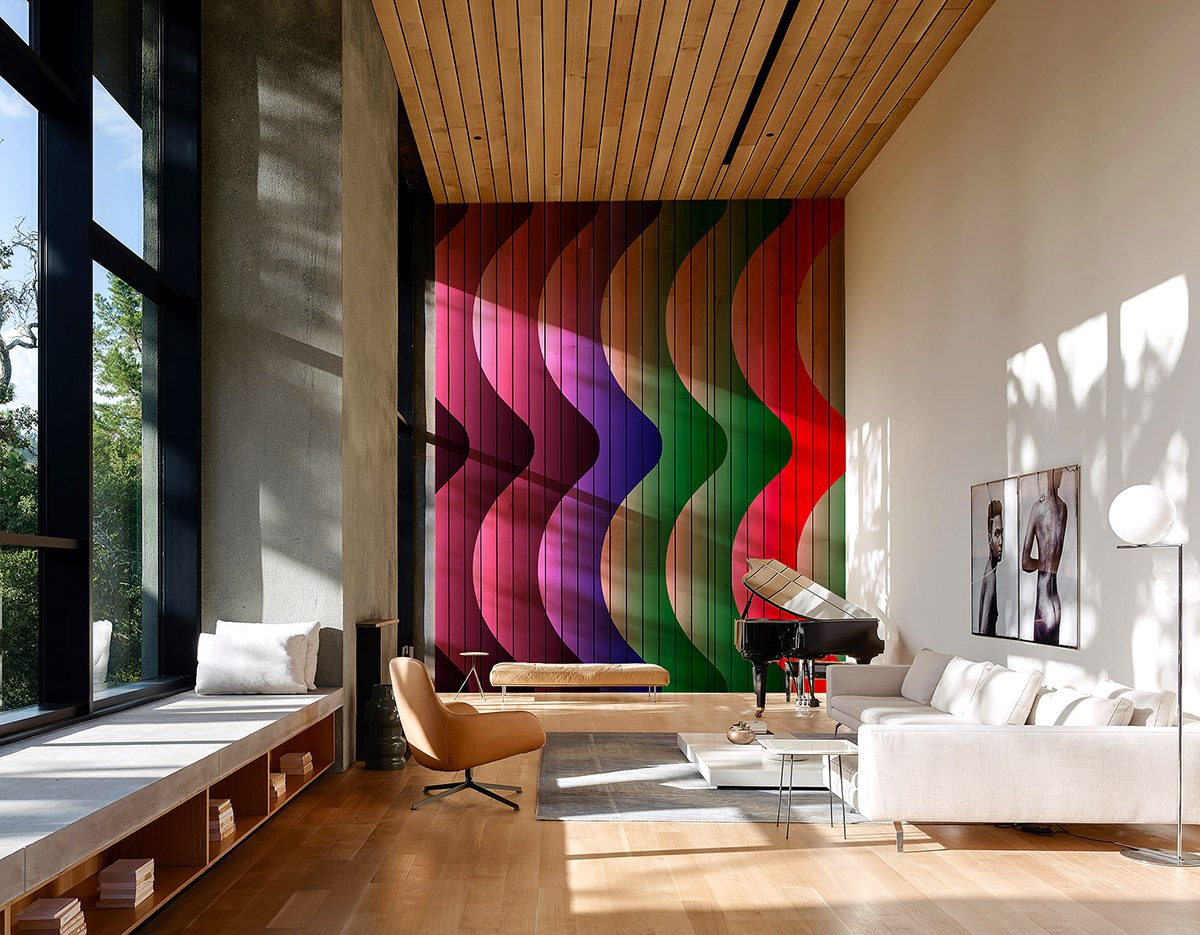
Cielo bajo el agua (above) and Tu muchas veces (here) from Diango Hernández’s Instopia Instagram project
LUX: The negative reactions to your work are interestingly hypocritical. Instagram is a vast, collective platform which people use to project or imagine their own fantasies. But as usual, things get conservative when people with money get upset…
Diango Hernández: Exactly. When people complain about me inserting an artwork into an image of their beautiful interior, they are effectively saying, ‘Come on, I have spent millions of dollars on this living room!’ A lot of the outrage is connected to people’s sense of ‘property’.
Read more: Laid-back fine dining at Knightsbridge restaurant Sumosan Twiga
Most of the legal issues I’ve had have come from photographers complaining that I’d abused their copyright. That make sense as people are crazy about property. They forget that artists challenge and question that very notion of ownership. Somehow, we have to do it, it is in our DNA. A world without people questioning private property is an unfair world. But it’s true that my way of doing this is more ‘gentle’, I just add ‘value’ to your beautiful property by adding my ‘art’ to it!
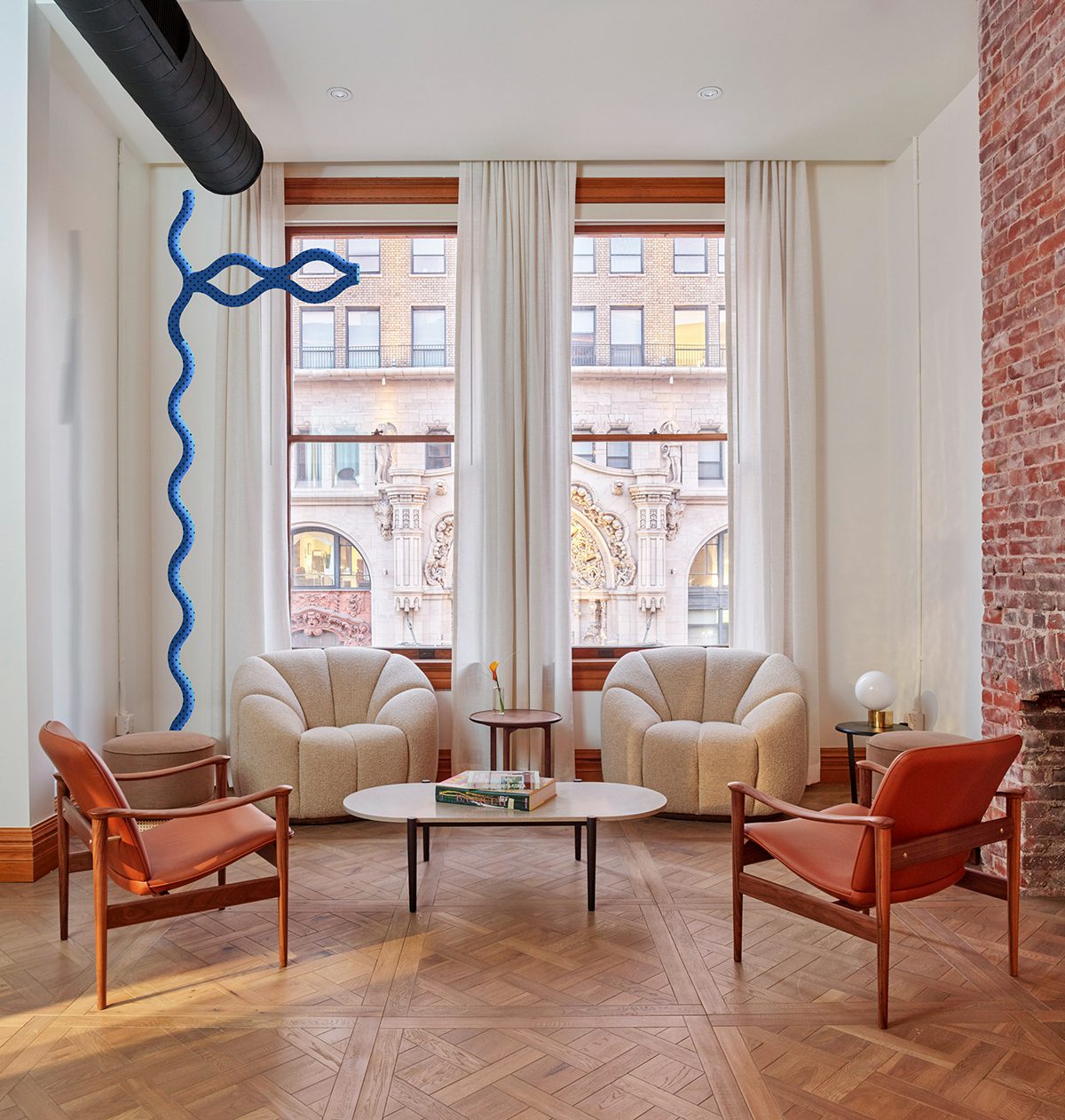
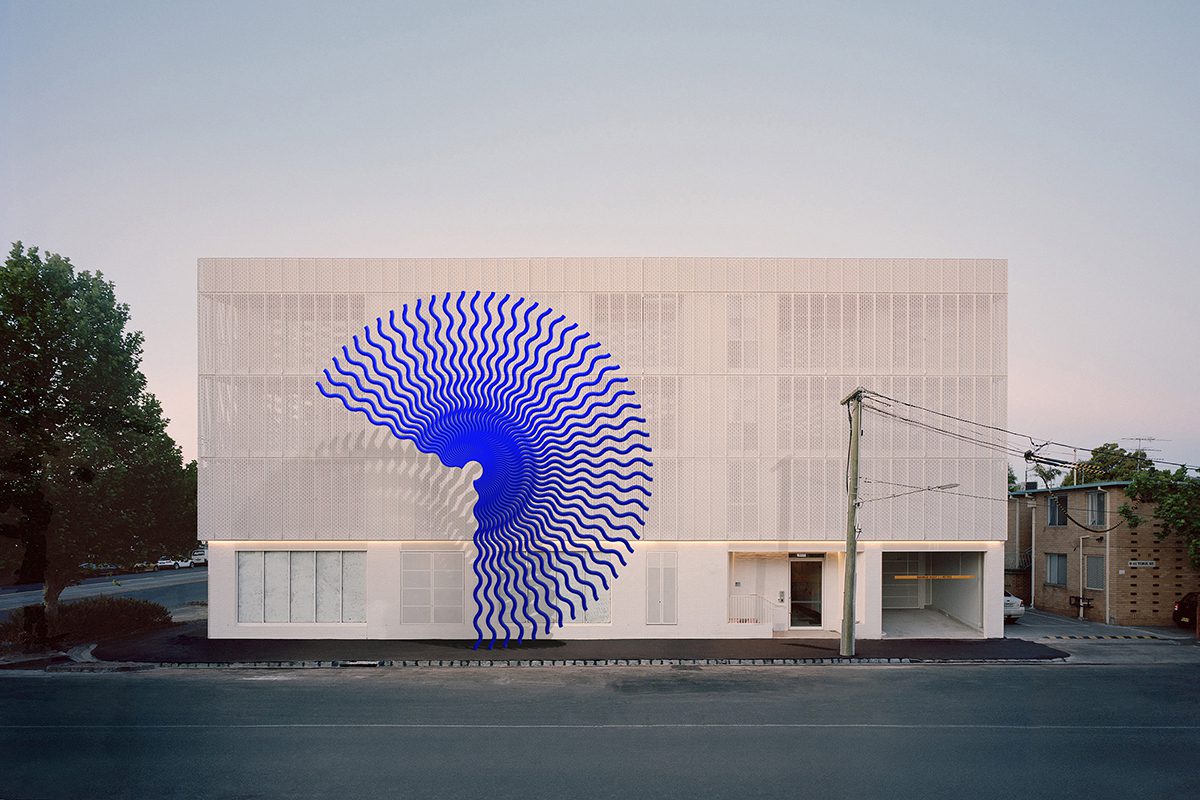
Ojos claros (above) and Noches (here) from Diango Hernández’s Instopia Instagram project
LUX: Do you think of your work as having a punk or anarchist spirit?
Diango Hernández: I’d say my attitude isn’t so much punk, I’d say it comes out of the culture of revolution. To illustrate what I mean, a particular story comes to mind…
In the Havana of the 1940s and 1950s there was a very fancy country club park, frequented by Americans and the Cuban bourgeoisie. In January 1961, the Cuban revolutionary leaders Fidel Castro and Che Guevara were enjoying a drink just after they finished a game of golf at the club. They were pondered the future of the country club, since all of its members had fled the country. There and then Guevara proposed the creation of a complex of tuition-free art schools to serve talented young people from all over the Third World. ‘The school must be built just right on top of these holes,’ Che Guevara said.

Cuban revolutionary leaders Fidel Castro and Che Guevara playing golf
A few years later Cuba’s National Art Schools were built. In the design they attempted to reinvent architecture in the same manner that the Cuban Revolution aspired to reinvent society. To this day the art school is one of the most beautiful buildings ever built in Cuba.
That idea of subverting the function of that exclusive country club into a school for the arts, seems to me, like a radical and powerful act of collage. There is a lot to learn from the history of design and architecture. One valuable lesson is that transforming images and the values they embody is one way of transforming our reality, culturally and socially. I want people to interact more thoughtfully with images and to create ‘better’ pictures.
Follow Diango Hernandez on Instagram: @diango.hernandez
Nick Hackworth is a writer and curator of Modern Forms, an art collection and curatorial platform founded by Hussam Otaibi, Managing Partner at Floreat Group.

